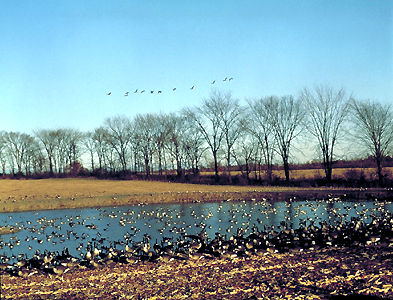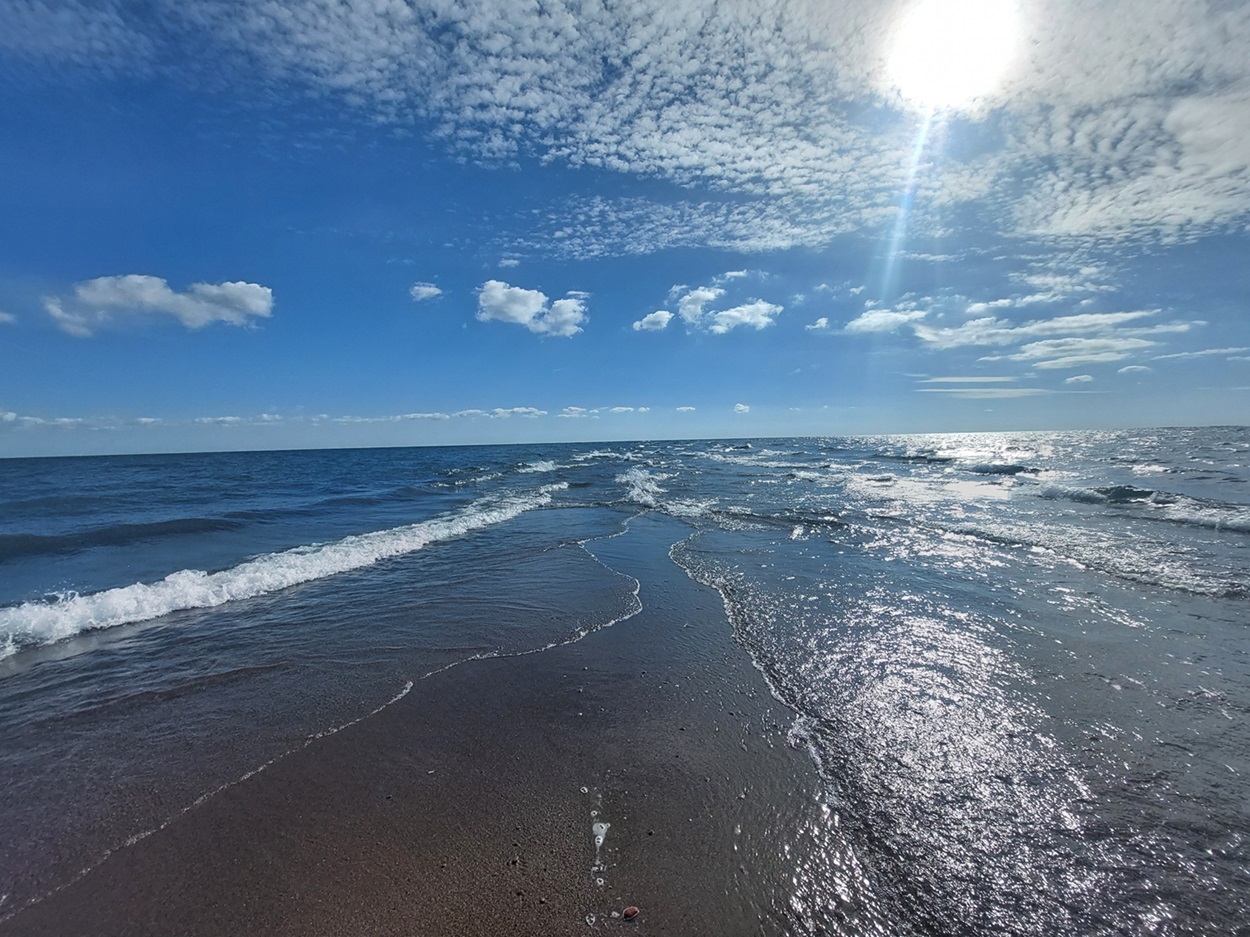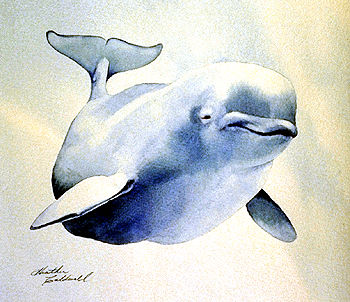Birds are vertebrates, animals with a vertebral column. More precisely, birds belong to the tetrapods, the four-limbed vertebrates, which also include amphibians, mammals and reptiles.

Evolution
Archaeopteryx, the oldest bird yet discovered, is known from several fossils recovered from fine slate deposits in Germany. This magpie-size animal lived in a tropical environment about 150 million years ago. Archaeopteryx had flight feathers and a fused furcula (i.e., wishbone) resembling those of modern birds; these features are, so far, unique in Jurassic animals. Its solid bones and lack of a keel on the breastbone limited its powers of flight. This made it more a glider than a powered flyer, and it may have been capable only of gliding from perch to perch. Archaeopteryx had many features that are also present in theropod dinosaurs, and scientists have discovered that birds have evolved from feathered dinosaurs.
Most fossil birds from the Cretaceous period (142–65 million years ago) belong to extinct groups, such as the Enantiornithines or "opposite birds," characterized by shoulder girdle articulations and leg bone features that are opposite to those of modern birds. The birds that survived the catastrophic extinctions at the end of the Cretaceous (see Geological History of Canada) diversified into species modern in appearance and often can be referred to modern groups of birds.
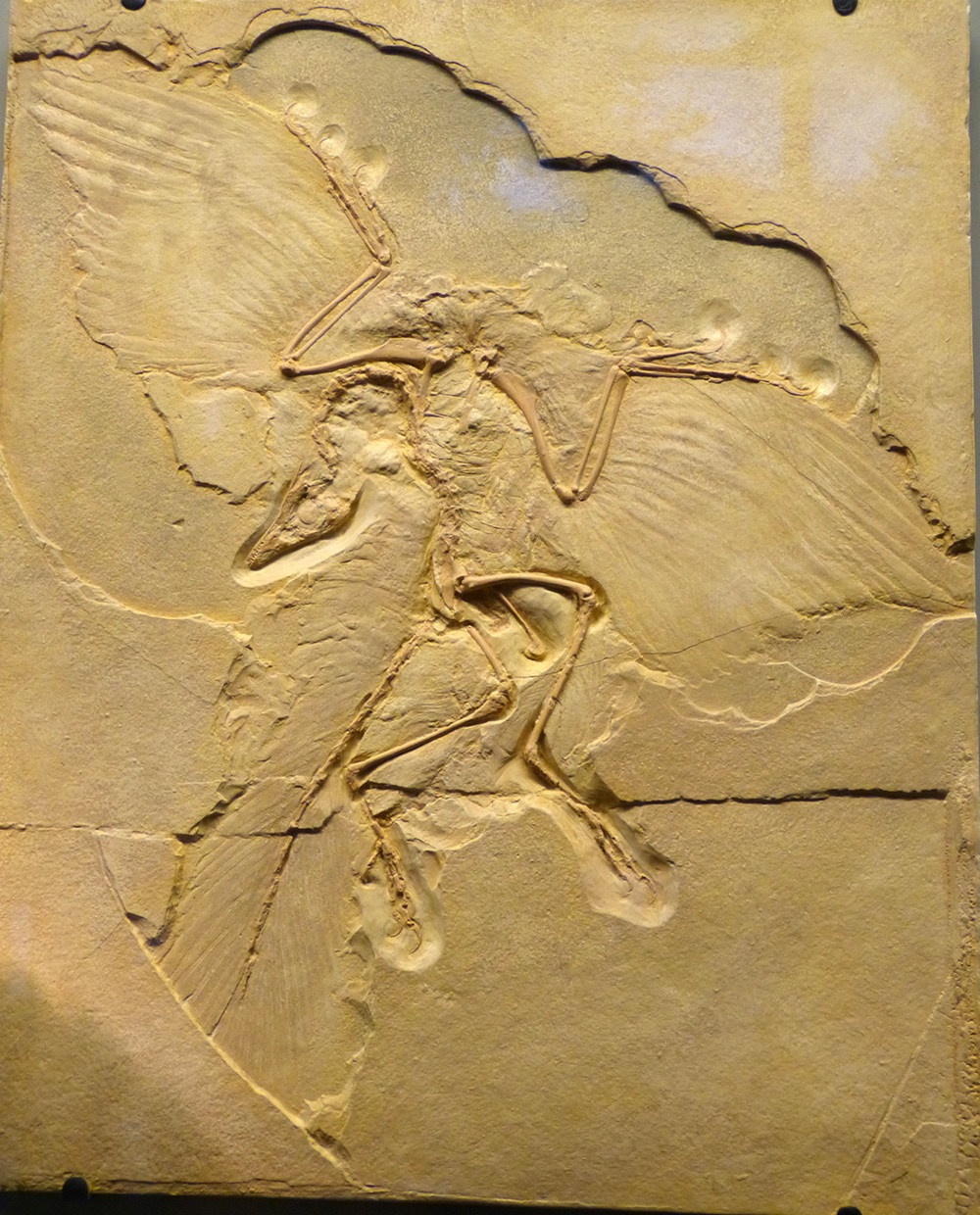
Classification
Modern Linnaean classification groups species according to how closely related they are to one another. Species belonging to the same genus have a more recent common ancestor than those placed in different genera. The same is true for grouping genera into families and families into orders. Studies comparing the DNA of bird species have shed new light on the relationships of birds (and is continuing to do so), but many of the groupings originally based on morphological grounds have nevertheless proved valid.
Although birds are perhaps better known than of any other animal group, new species are still discovered almost yearly. Nearly 10,000 species of recently identified birds are known, and they are grouped in more than 200 families, more than 2,200 genera and 29 orders. About two-thirds of known species (close to 6,000 species) belong to the order Passeriformes (perching birds). The remaining 4,000 species or so belong to 28 orders divided in nearly 100 families and about 1,000 genera. The following summary of how birds are currently classified in different orders, families and genera, gives an indication of the diversity of bird species.
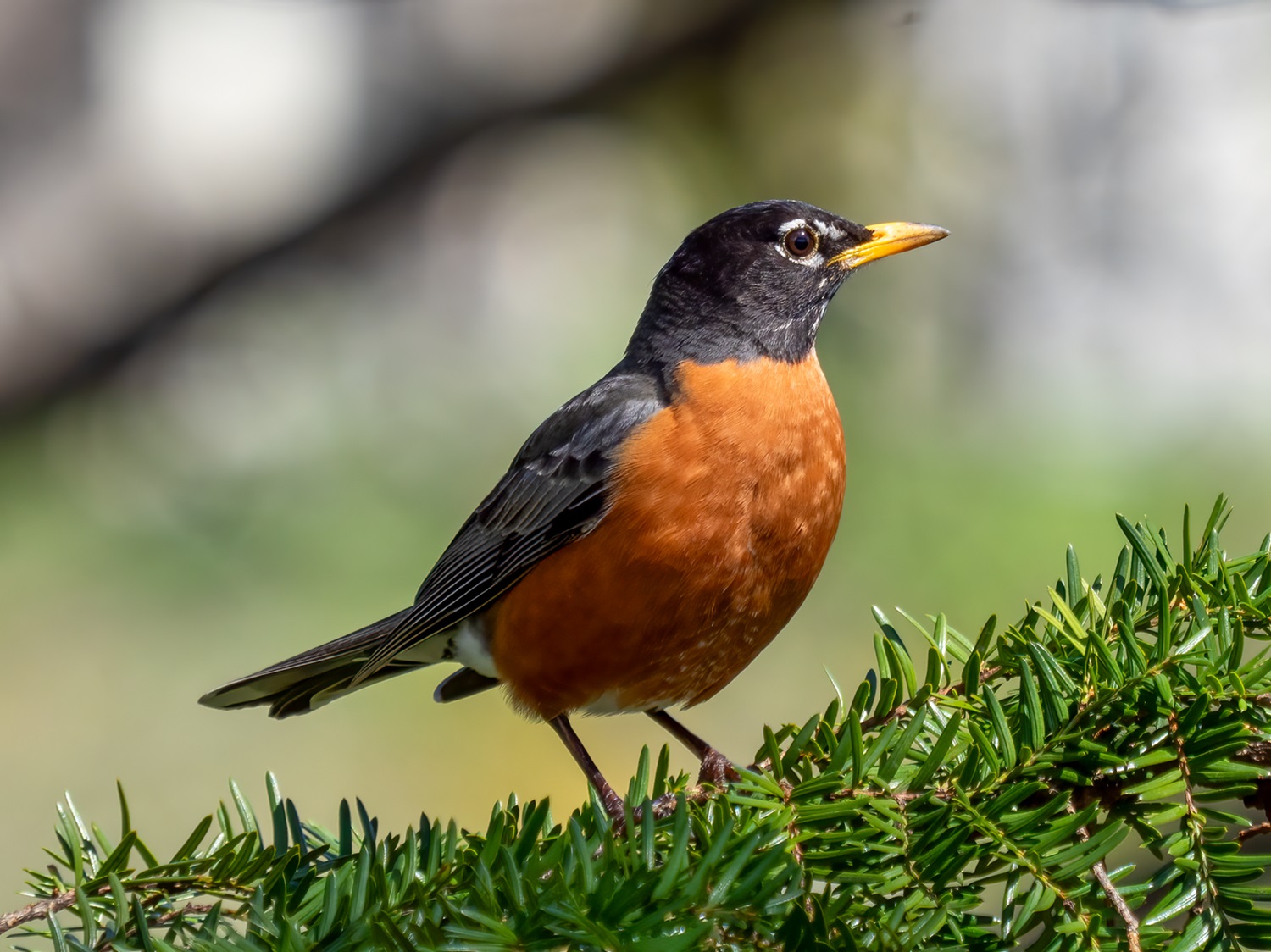
Tinamiformes
Tinamiformes (1 family, 9 genera, 47 species; none in Canada). Tinamous. Medium-size ground-dwelling birds; Central and South America.
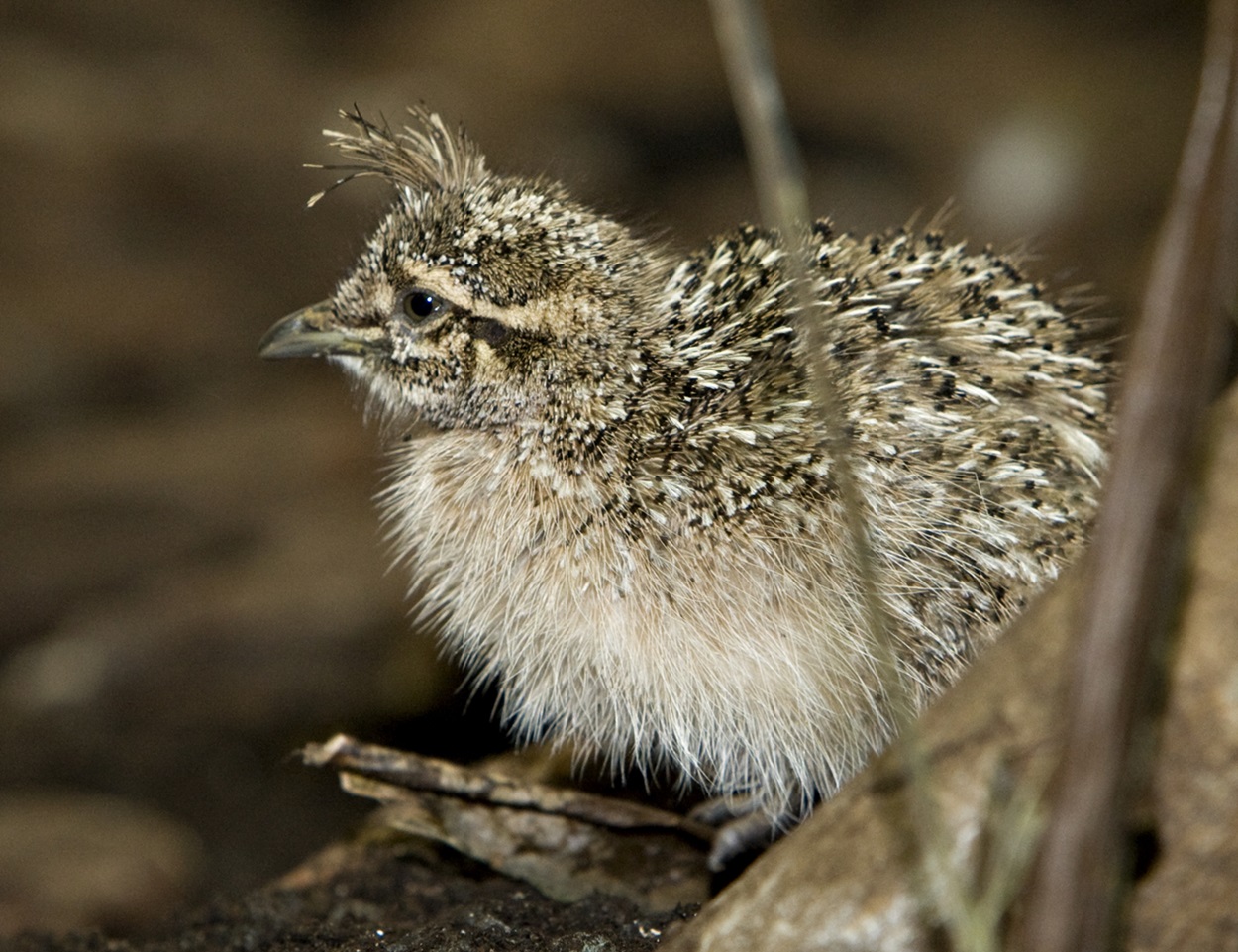
Struthioniformes
Struthioniformes (5 families, 6 genera, 14 species; none in Canada). Ostriches, rheas, cassowaries, emus, kiwis. Large birds, except kiwis; flightless and cursorial (i.e., running); found mostly in the Southern Hemisphere.
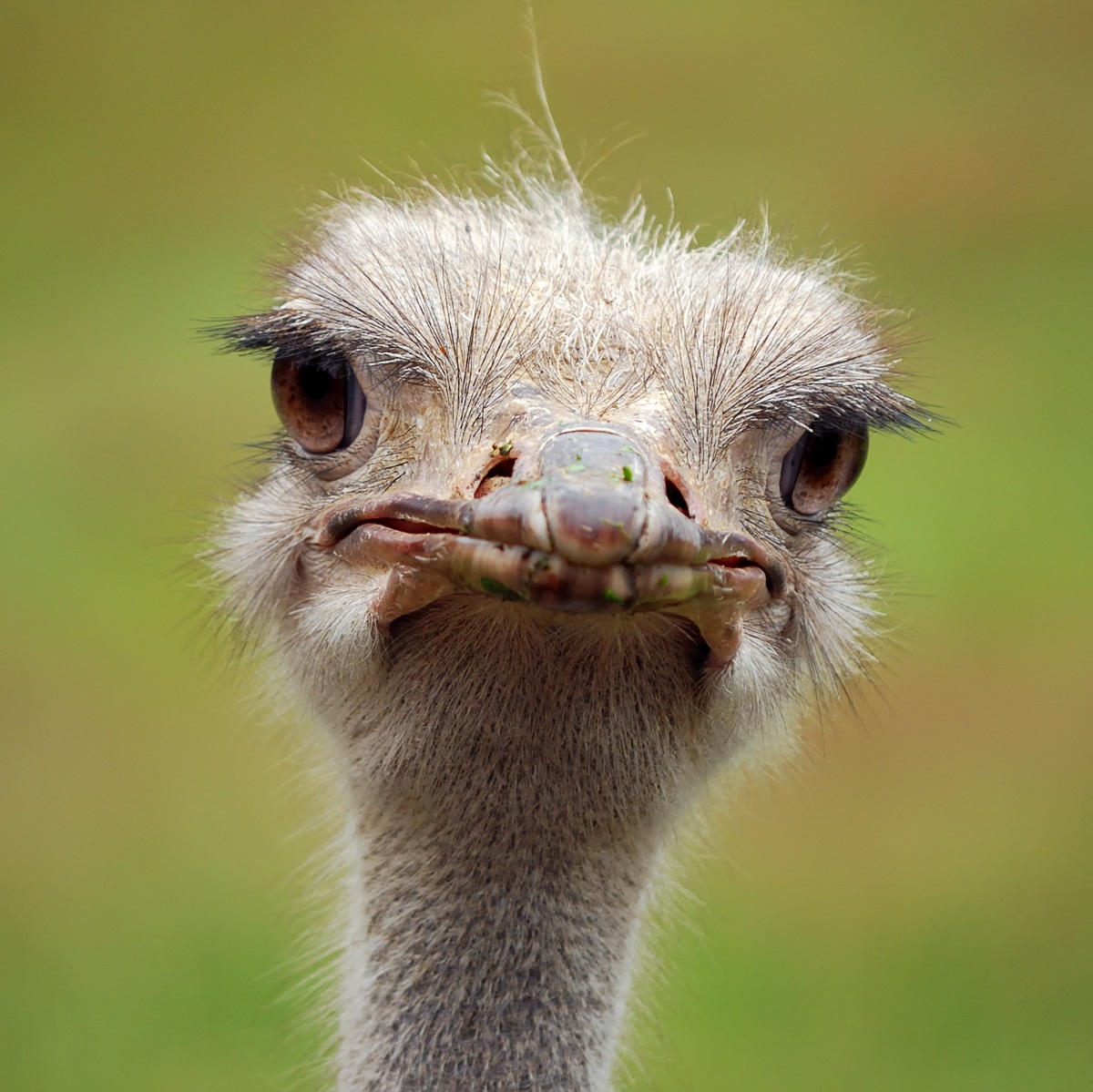
Galliformes
Galliformes (5 families, 80 genera, 290 species; 16 breeding species in Canada). Megapodes, curassows, chachalacas, guineafowl, quails, turkeys, grouse, ptarmigan, pheasants, peafowl, partridge. Small to very large chicken-like birds; occur almost worldwide.

Anseriformes
Anseriformes (3 families, 52 genera, 162 species; 39 breeding species in Canada). Screamers, geese, swans, ducks, teals, mergansers. Medium-sized to very large swimming birds with three webbed toes and lamellate bills, except screamers (restricted to South America), which have unwebbed feet, chicken-like bills and wading habits; worldwide distribution. The Labrador duck, formerly found in Canada, is extinct (see Endangered Animals).

Sphenisciformes
Sphenisciformes (1 family, 6 genera, 17 species; none in Canada). Penguins. Medium-sized to large diving birds with flipper-like wings; found in the Southern Hemisphere.
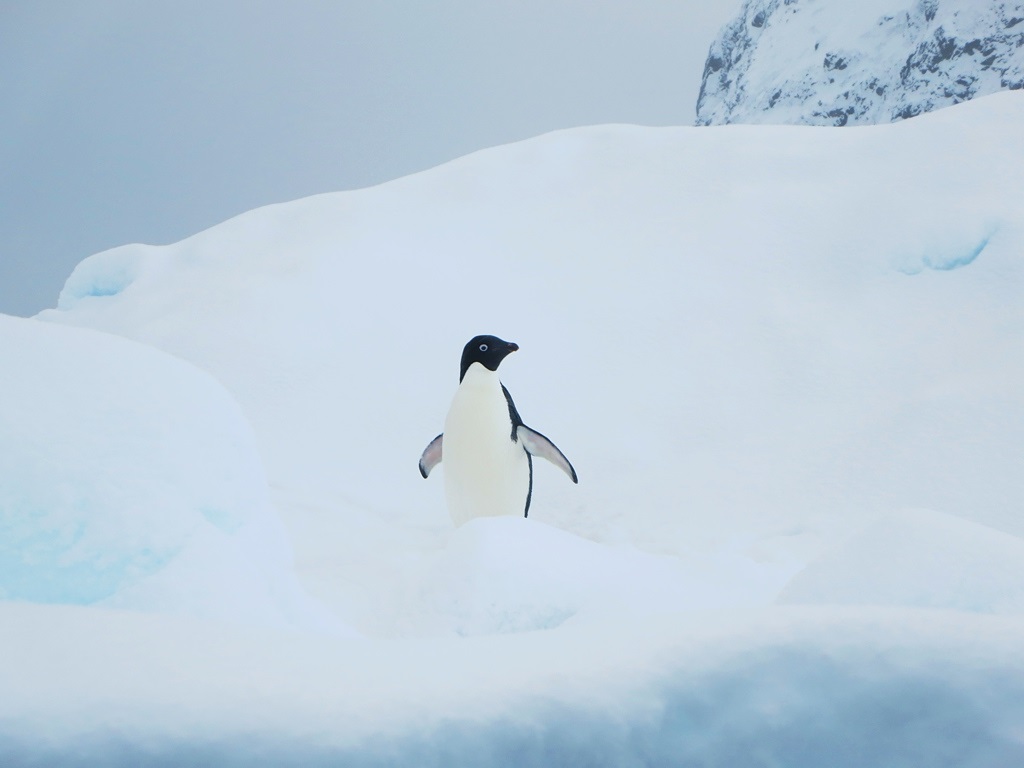
Gaviiformes
Gaviiformes (1 family, 1 genus, 5 species; 4 breeding species in Canada). Loons. Large diving birds with three webbed toes and straight, pointed bills; found in the Northern Hemisphere.

Procellariiformes
Procellariiformes (4 families, 26 genera, 112 species; 4 breeding species in Canada). Albatrosses, fulmars, shearwaters, storm-petrels, diving-petrels. Very small to very large oceanic birds with three webbed toes and tubular nostrils; nest on land; found on all oceans.

Podicipediformes
Podicipediformes (1 family, 6 genera, 22 species; 6 breeding species in Canada). Grebes. Small to large diving birds with lobed toes and straight, pointed bills; worldwide distribution.
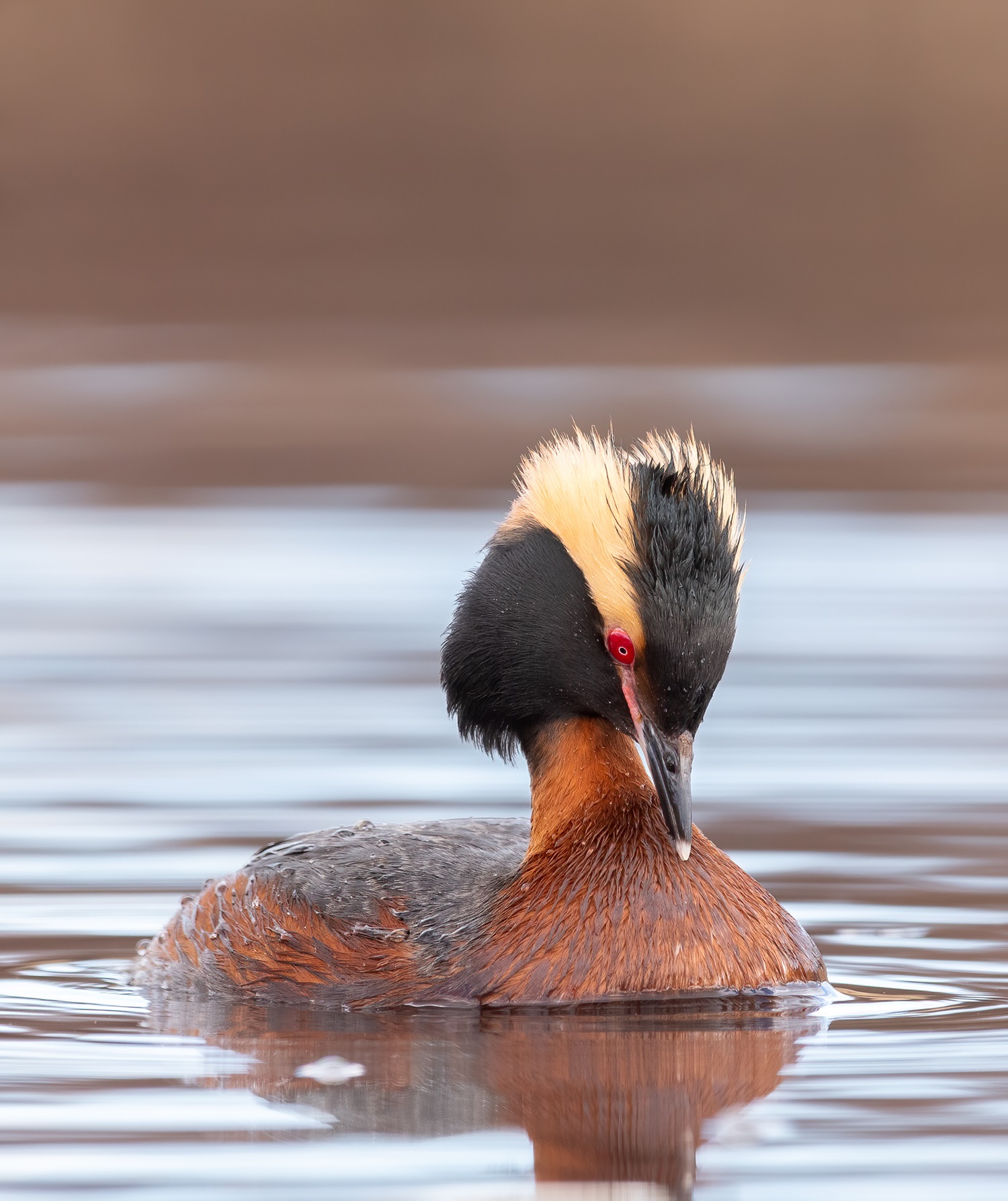
Phoenicopteriformes
Phoenicopteriformes (1 family, 3 genera, 5 species; none in Canada). Flamingoes. Large wading birds with long legs and necks; bill thick with lamellae (i.e., tiny, comblike structures) and bent sharply downward at midpoint; toes webbed; colonial nesters, mainly in tropical and sub-tropical areas.
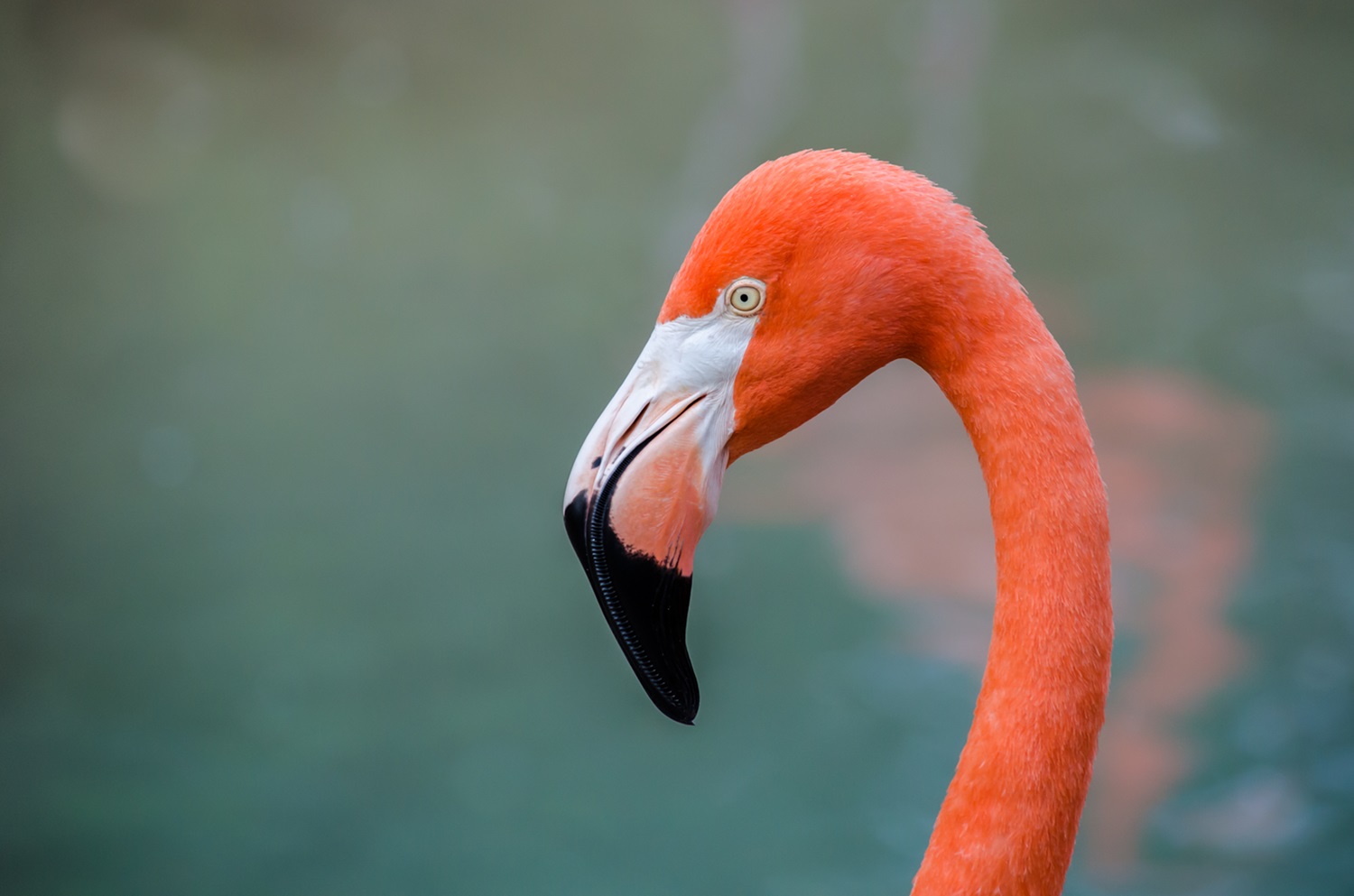
Ciconiiformes
Ciconiiformes (3 families, 39 genera, 116 species; 10 breeding species in Canada). Bitterns, herons, egrets, storks, ibises, spoonbills. Small to very large wading birds with long legs and necks; bill varies from long and spear-like to broad, flat and shovel-like or downward curved; worldwide distribution.
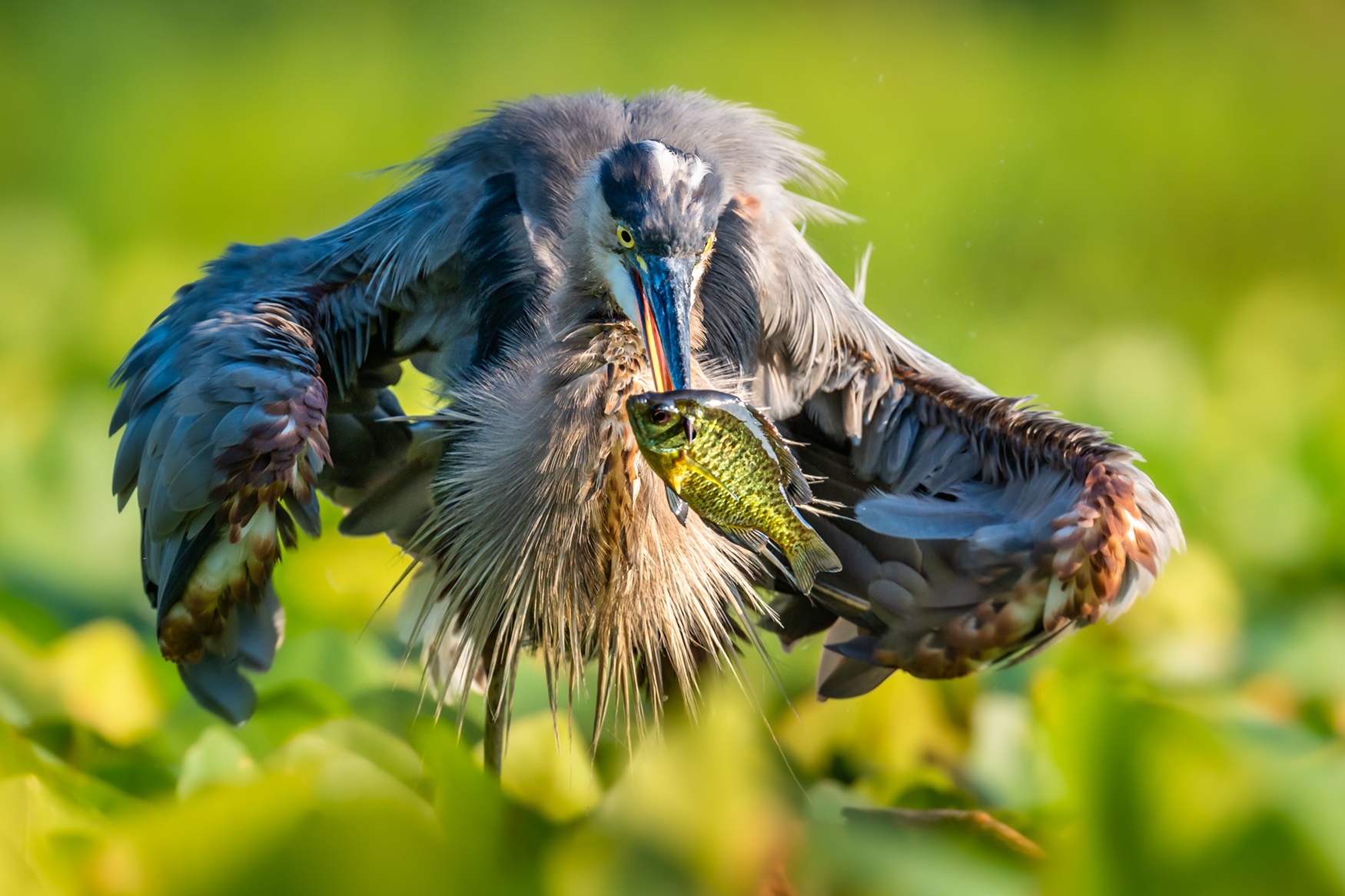
Pelecaniformes
Pelecaniformes (8 families, 10 genera, 65 species; 6 breeding species in Canada). Tropicbirds, frigatebirds, pelicans, boobies, gannets, cormorants, anhingas. Medium-sized to large aquatic birds, pointed or hooked bills; primarily colonial nesters; worldwide distribution.

Falconiformes
Falconiformes (3 families, 83 genera, 304 species; 19 breeding species in Canada). Falcons, vultures, secretary birds, kites, hawks, eagles, osprey. Very small to very large diurnal birds of prey; legs short to very long; wing shape highly variable from very pointed to broad and rounded; hunters or carrion feeders; worldwide distribution.
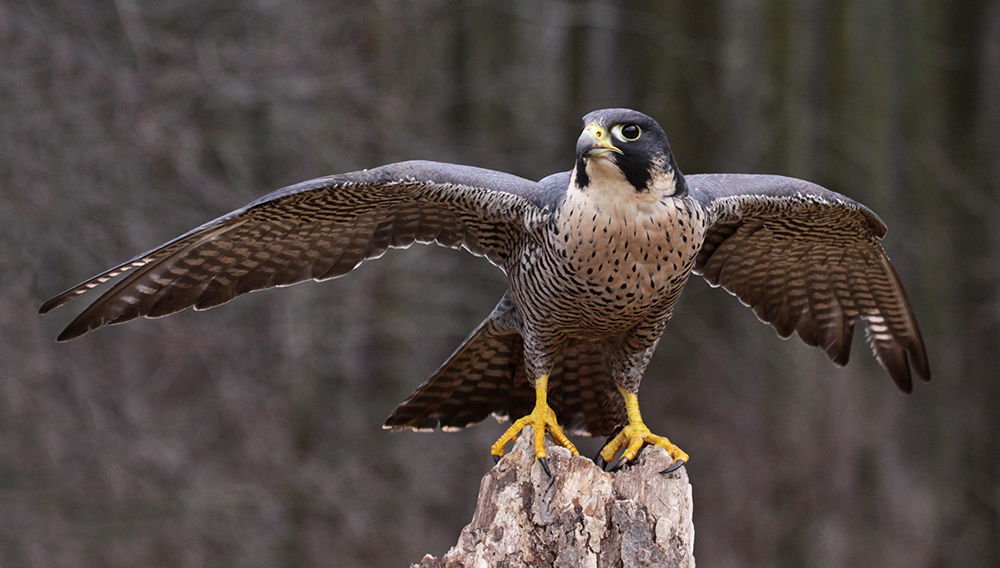
Gruiformes
Gruiformes (11 families, 61 genera, 212 species; 8 breeding species in Canada). Bustards, mesites, seriemas, kagus, rails, gallinules, coots, sun-grebes, trumpeters, cranes, limpkins, buttonquails. Very small to very large birds; structure diverse, most have cursorial habits; worldwide distribution.
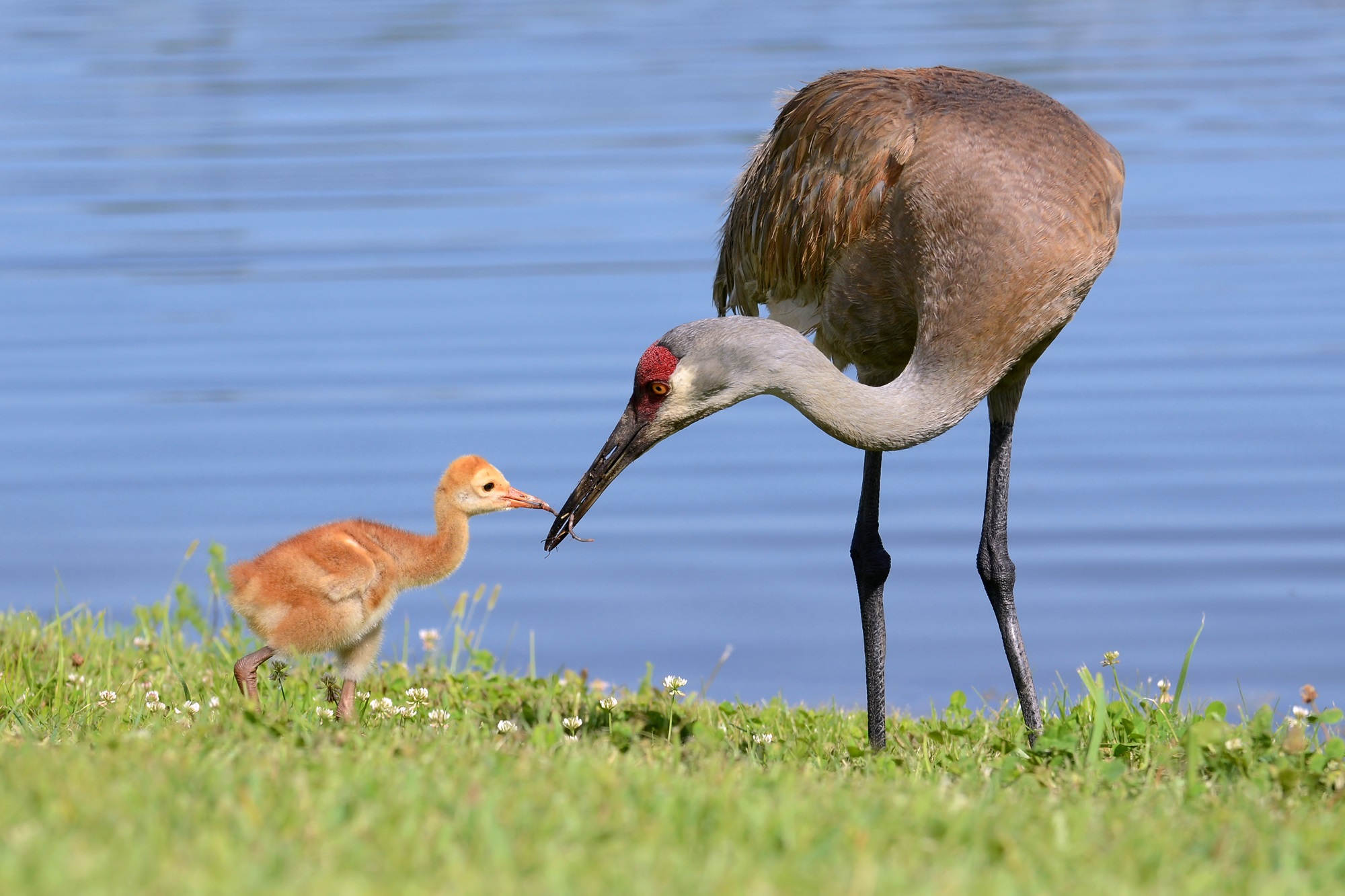
Charadriiformes
Charadriiformes (17 families, 88 genera, 367 species; 84 breeding species in Canada). Thick-knees, sheathbills, oystercatchers, crabplovers, avocets, plovers, painted-snipes, jacanas, sandpipers, phalaropes, pratincoles, gulls, terns, skimmers, jaegers, skuas, auks, sandgrouse. Small to large birds; many species with long legs, cursorial habits; some with webbed feet and aquatic or diving habits; structure and habits diverse; worldwide distribution. Great auk, which nested in Canada, is extinct.

Columbiformes
Columbiformes (1 family, 44 genera, 311 species; 4 breeding species in Canada). Dodos, pigeons, doves. Very small to very large birds; solitary to highly gregarious; arboreal or terrestrial; worldwide distribution. Dodo, native to the Mascarene Islands, and passenger pigeon, formerly very common in Canada, are extinct.

Psittaciformes
Psittaciformes (1 family, 85 genera, 364 species; none in Canada). Cockatoos, lories, budgerigars, parakeets, parrots. Very small to large birds with brightly coloured plumage, strong hooked bill; two toes in front, two behind; mainly in tropical and sub-tropical areas. Carolina parakeet, formerly of North America (possibly southern Ontario), is extinct.
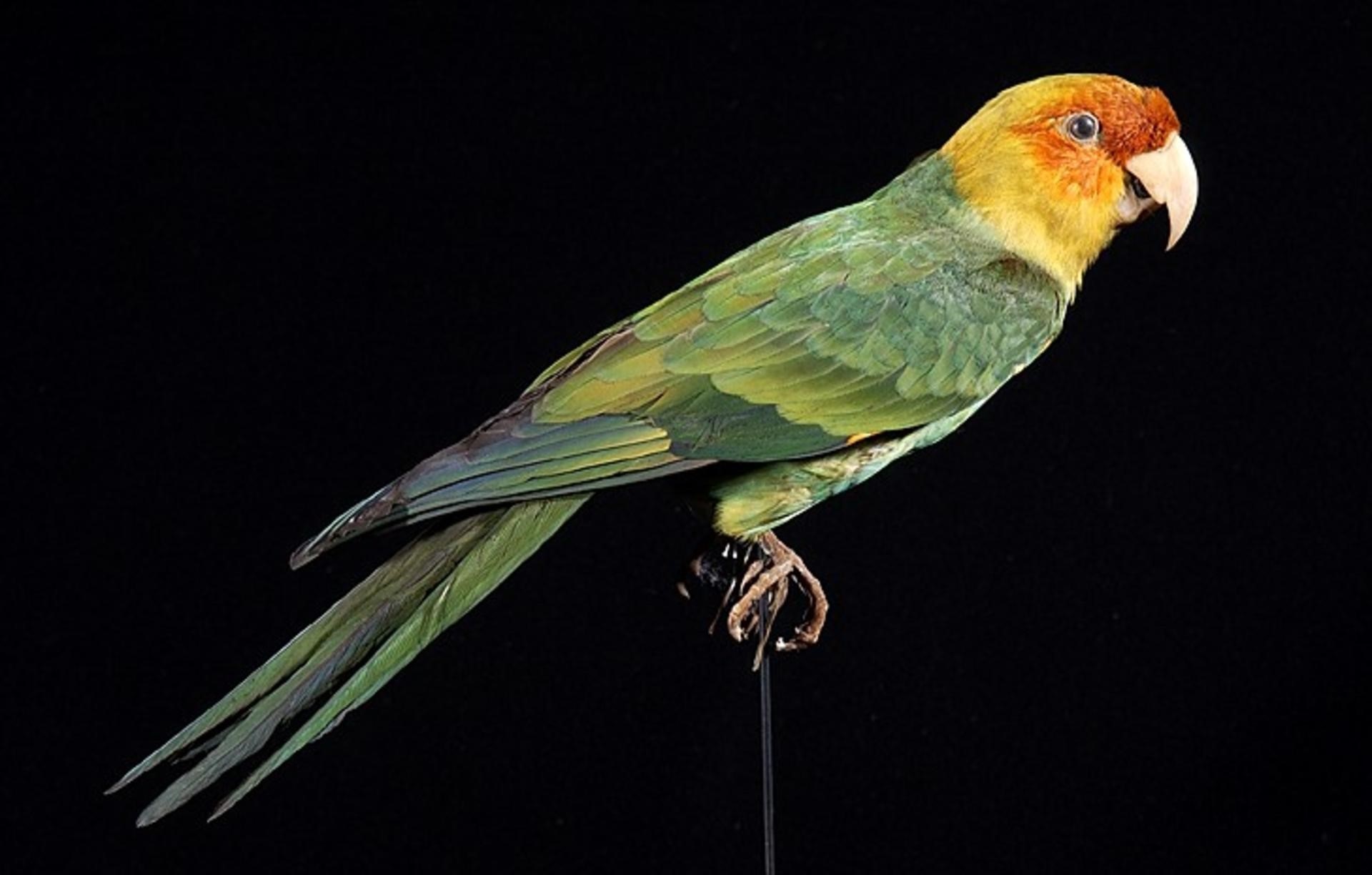
Opisthocomiformes
Opisthocomiformes (1 family, 1 genus, 1 species; none in Canada). Hoatzin. Medium-size arboreal birds that feed on green leaves; young has claws on wings; South America.
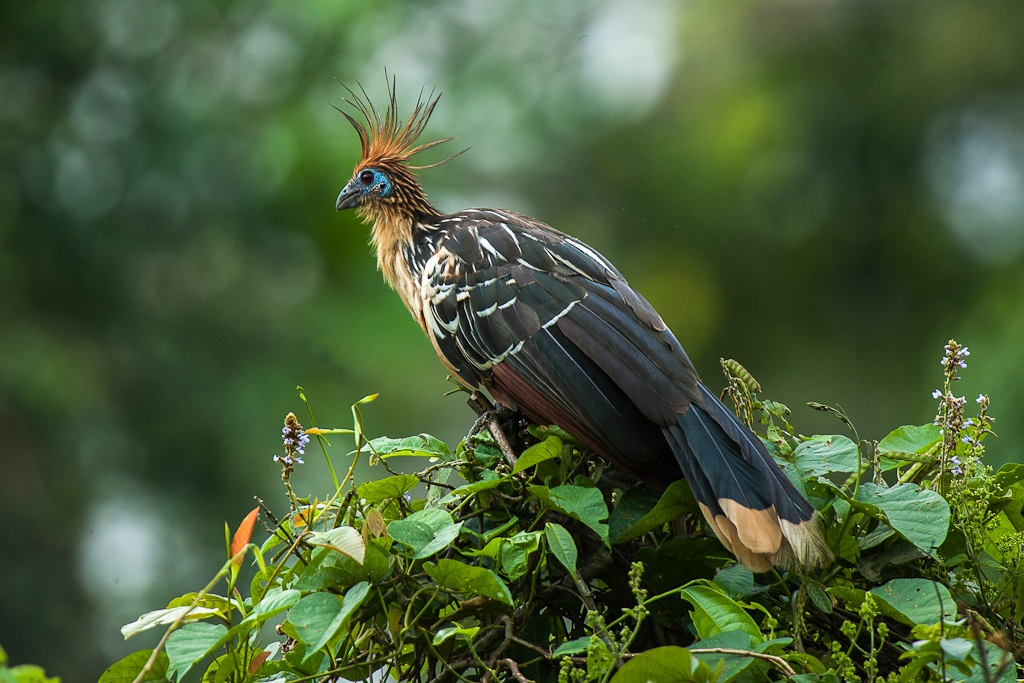
Musophagiformes
Musophagiformes (1 family, 6 genera, 23 species; none in Canada). Turacos and plantain eaters. Medium-size birds with long tails; chiefly arboreal; Africa.
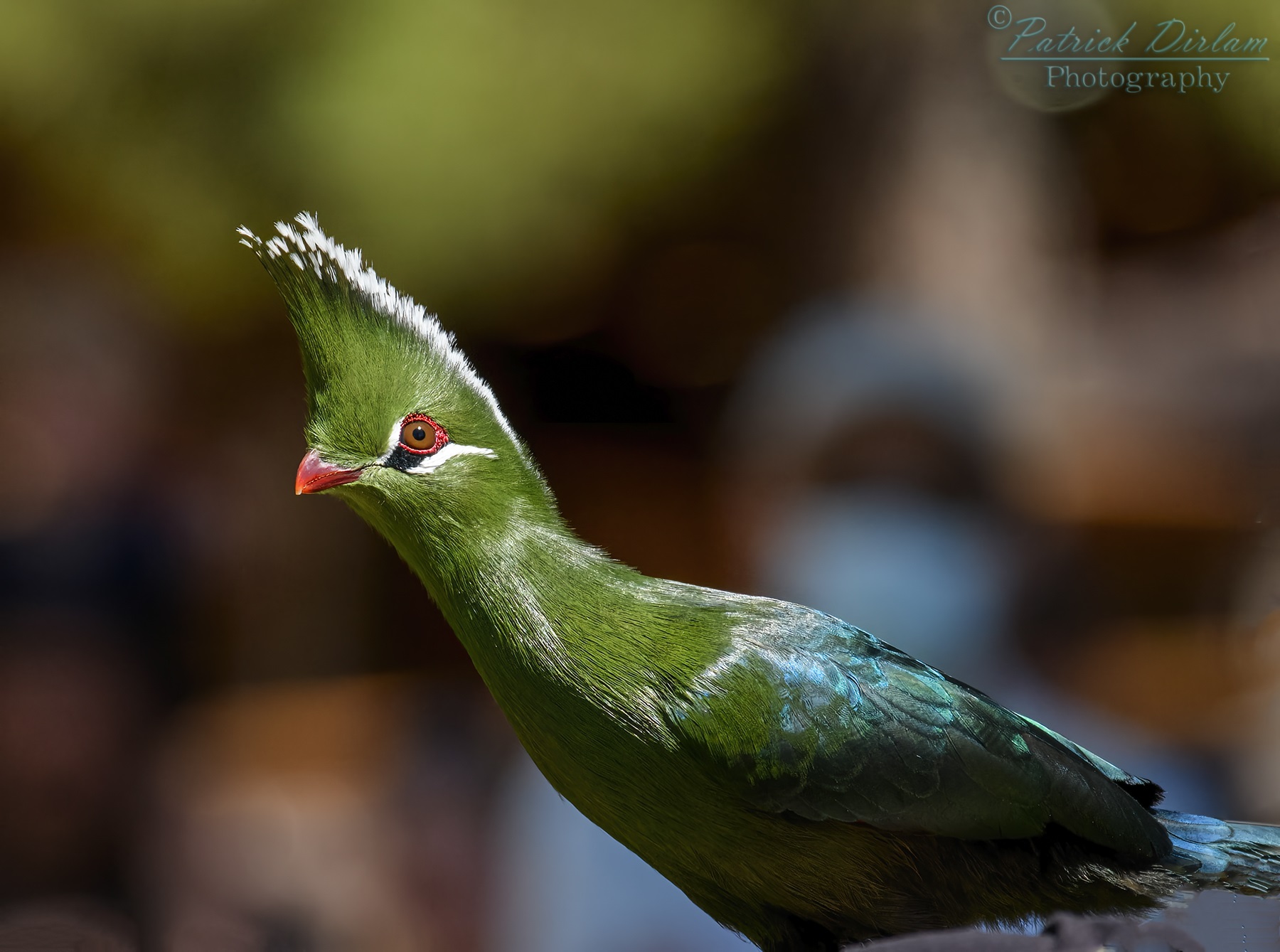
Cuculiformes
Cuculiformes (1 family, 35 genera, 138 species; 2 breeding species in Canada). Cuckoos. Small to large birds with long tails; two toes in front, two behind, or fourth reversible; many species have parasitic nesting habits; mostly arboreal, a few terrestrial species; worldwide distribution.
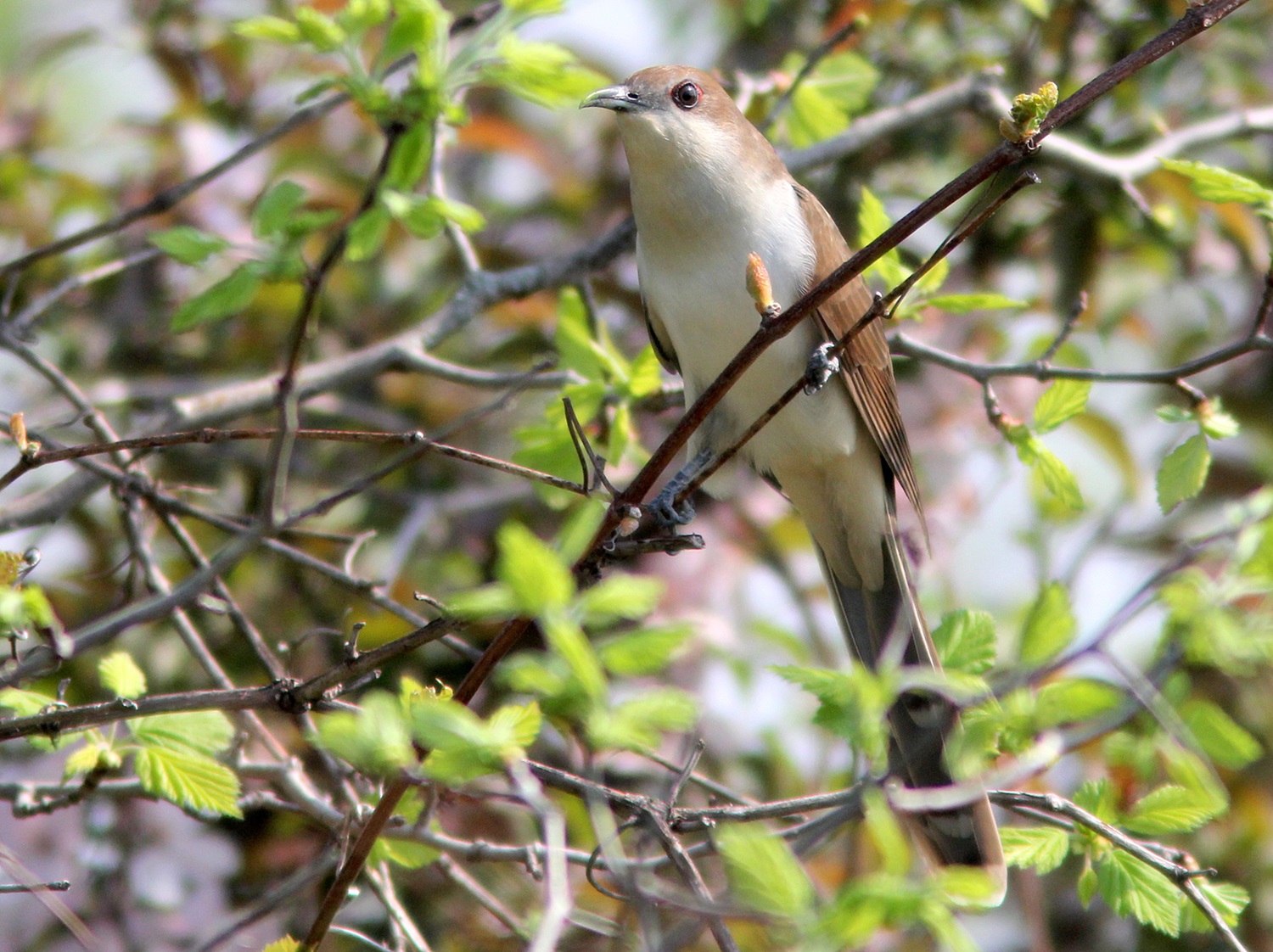
Strigiformes
Strigiformes (2 families, 29 genera, 195 species; 16 breeding species in Canada). Owls. Small to large birds; primarily nocturnal and arboreal; raptorial habits, noiseless flight; large eyes directed forward; worldwide distribution.

Caprimulgiformes
Caprimulgiformes (5 families, 22 genera, 118 species; 4 breeding species in Canada). Oilbirds, frogmouths, potoos, goatsuckers, nightjars, nighthawks. Small- to medium-size birds; bill usually with wide mouth surrounded with bristles; small, weak feet; nocturnal or crepuscular insect or fruit eaters; worldwide distribution.
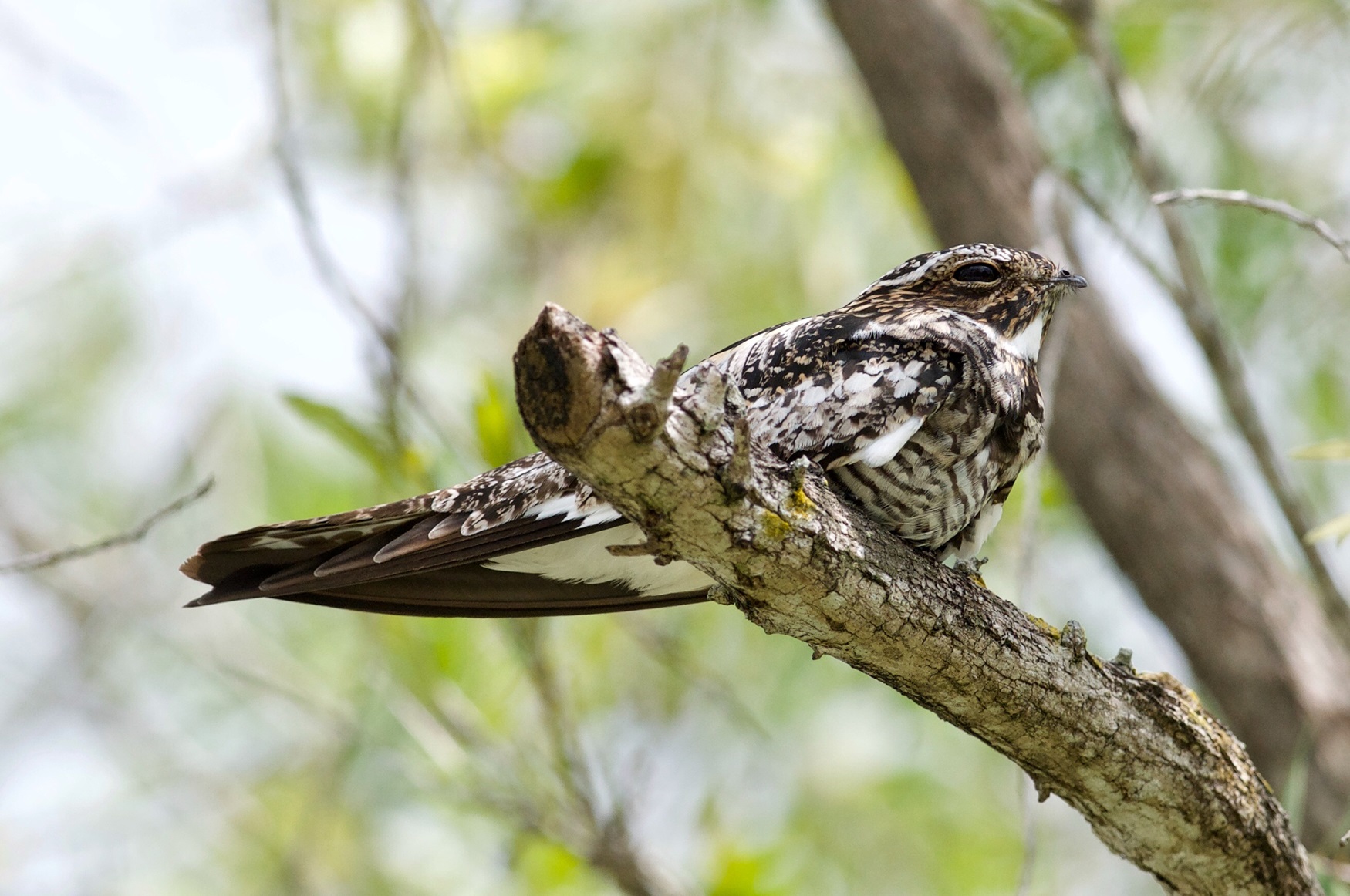
Apodiformes
Apodiformes (3 families, 124 genera, 429 species; 9 breeding species in Canada). Swifts, hummingbirds. Small birds with weak feet. Swifts, distributed worldwide, have long, strong wings; hummingbirds, restricted to the Americas, have slender, pointed, long bills, and generally iridescent plumage.

Coliiformes
Coliiformes (1 family, 2 genera, 6 species; none in Canada). Mousebirds or colies. Small birds with long tails; gregarious and arboreal; Africa.
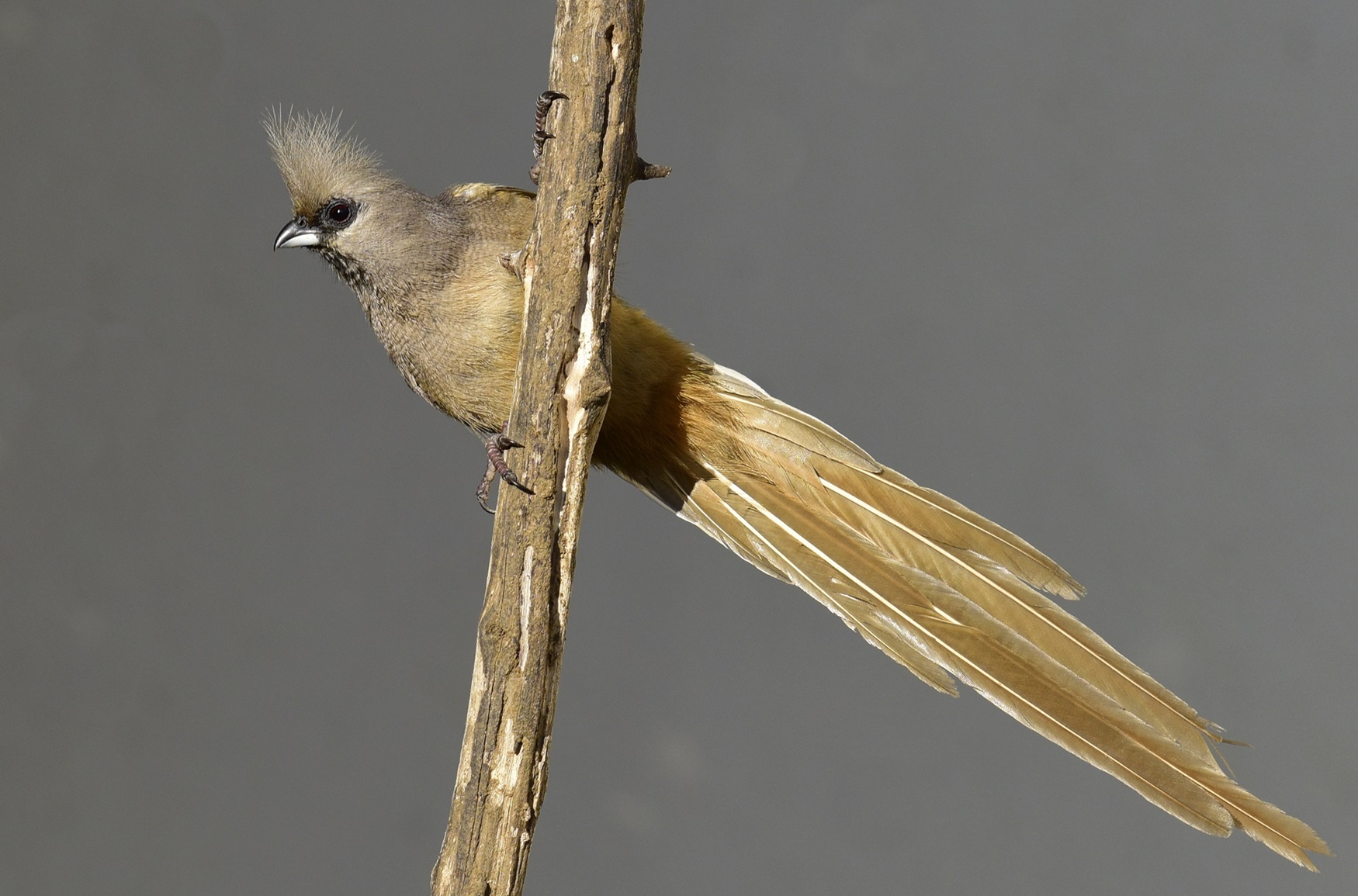
Trogoniformes
Trogoniformes (1 family, 6 genera, 39 species; none in Canada). Trogons, quetzals. Colourful, small- to medium-size birds with long tails; solitary and arboreal; tropical areas.
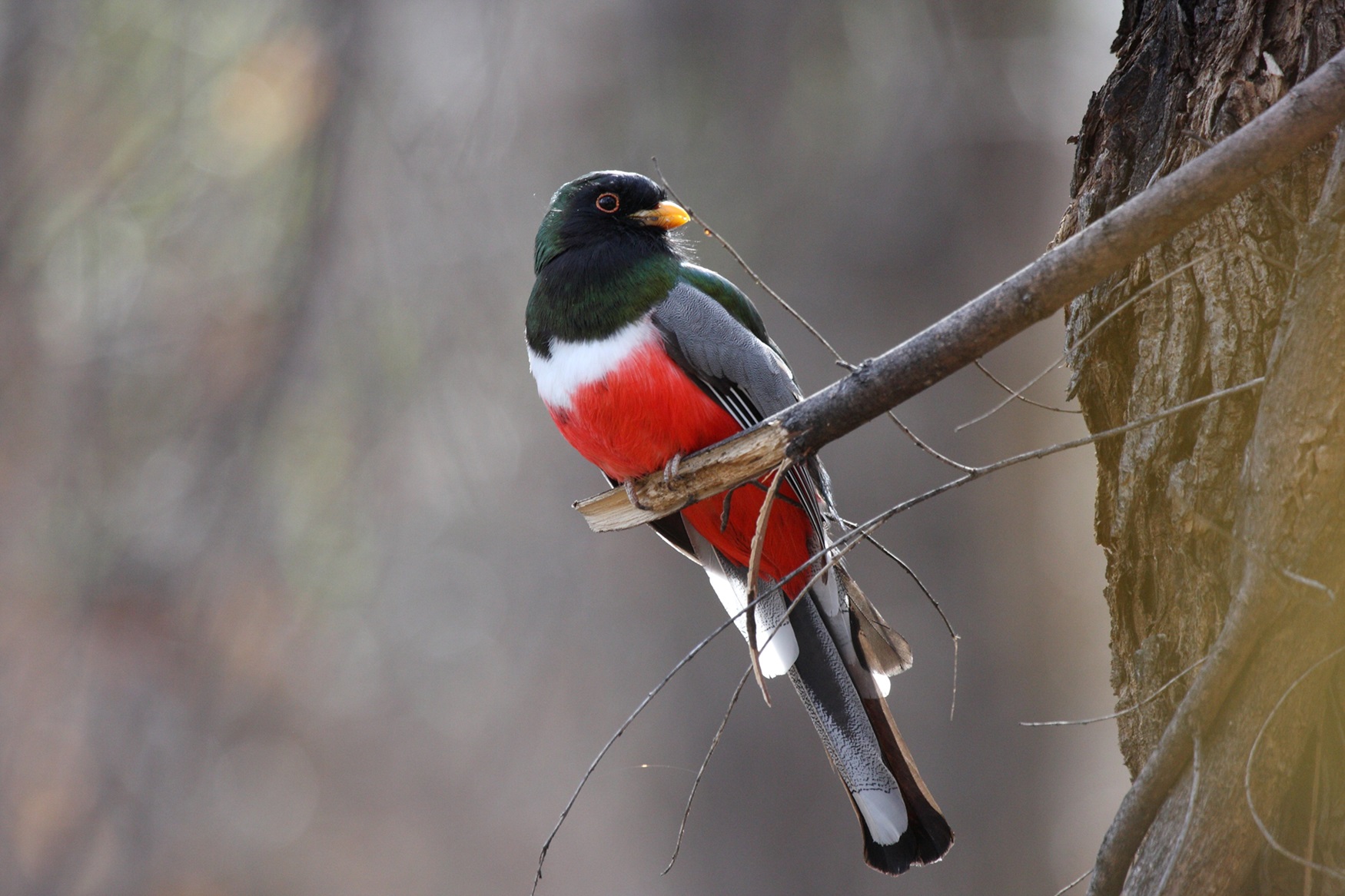
Coraciiformes
Coraciiformes (7 families, 34 genera, 149 species; 1 breeding species in Canada). Rollers, kingfishers, todies, motmots, bee-eaters. Small to large birds; strong bill; some toes fused at base; worldwide distribution.
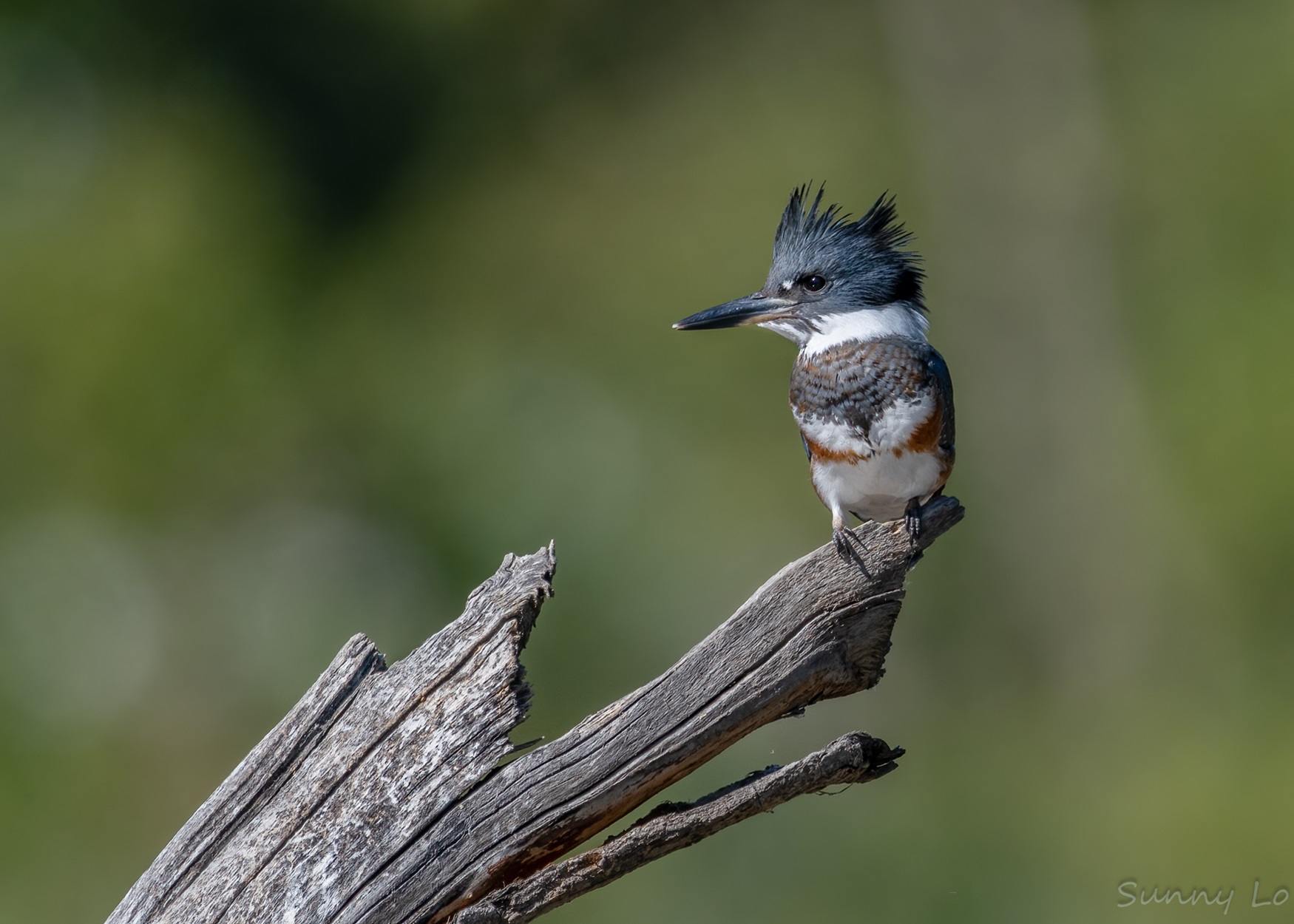
Bucerotiformes
Bucerotiformes (4 families, 17 genera, 60 species; none in Canada). Hornbills, hoopoes. Small- to large-size birds, with long bill and some toes fused at base; found in Europe, Asia and Africa.
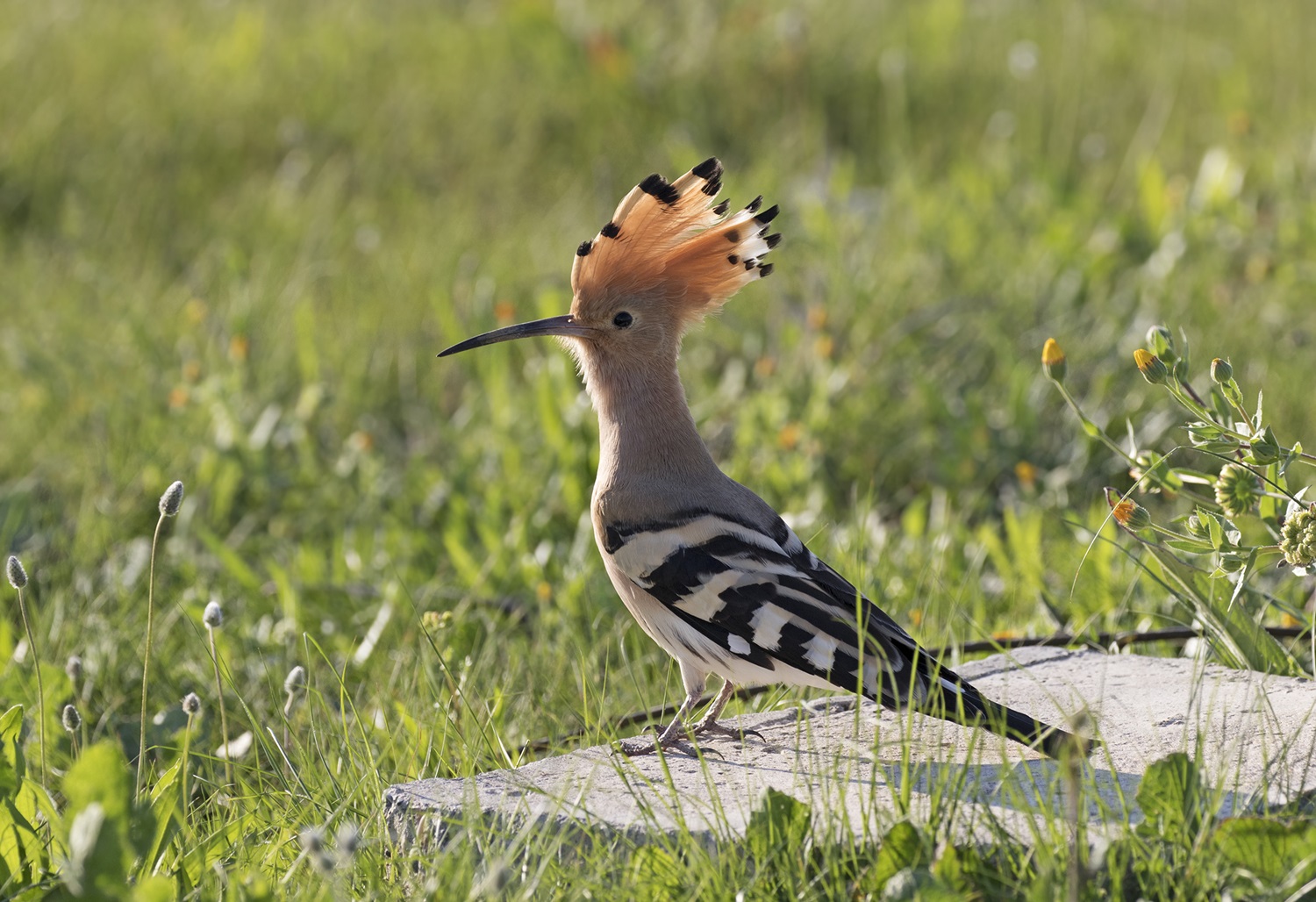
Galbuliformes
Galbuliformes (2 families, 15 genera, 61 species; none in Canada). Jacamars, puffbirds. Small- to medium-size tropical birds; strong bill; some toes fused at base; found in Central and South America.
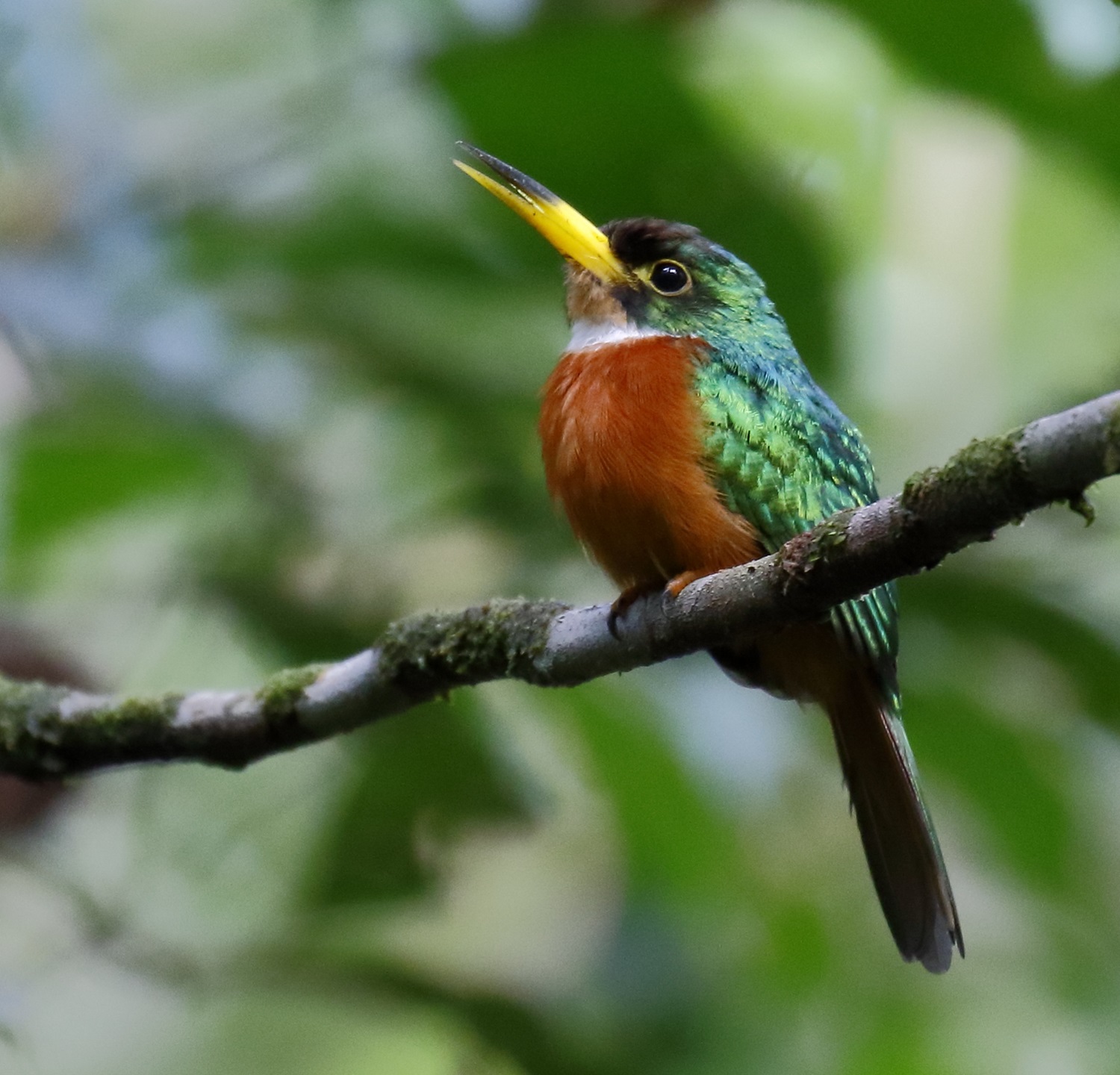
Piciformes
Piciformes (3 families, 53 genera, 347 species; 14 breeding species in Canada). Barbets, toucans, honeyguides, wrynecks, piculets, woodpeckers. Small to large birds; most species solitary and arboreal; bill highly variable, from short, straight and pointed to very large; two toes in front, two behind, some species have only three toes; worldwide distribution, except for Australian region.
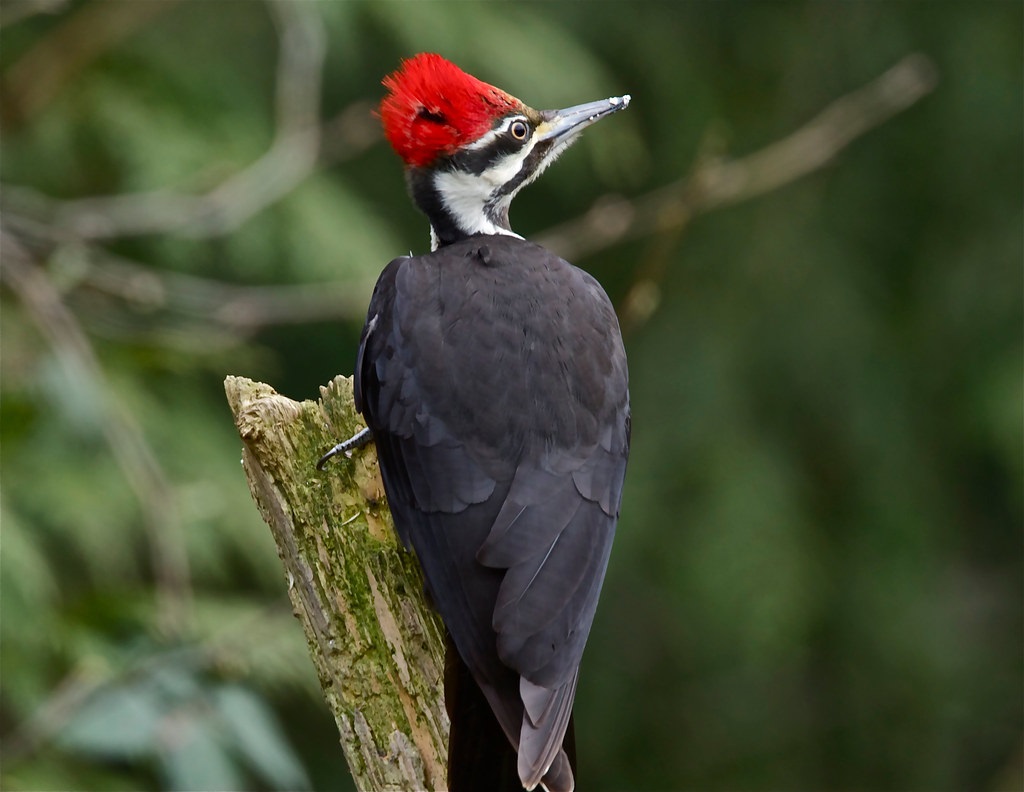
Passeriformes
Passeriformes (97 families, more than 1,200 genera, about 5,800 species; 195 breeding species in Canada). Perching birds: flycatchers, shrikes, vireos, jays, magpies, crows, ravens, waxwings, chickadees, swallows, larks, kinglets, wrens, gnatcatchers, nuthatches, creepers, mockingbirds, thrashers, starlings, thrushes, robins, dippers, pipits, finches, warblers, meadowlarks, blackbirds, grackles, orioles, buntings, tanagers, cardinals, grosbeaks, sparrows. Comprises more species than all other orders together; highly diversified; adapted to perching, three toes in front, one behind; small to medium size; contains all songbirds; worldwide distribution.
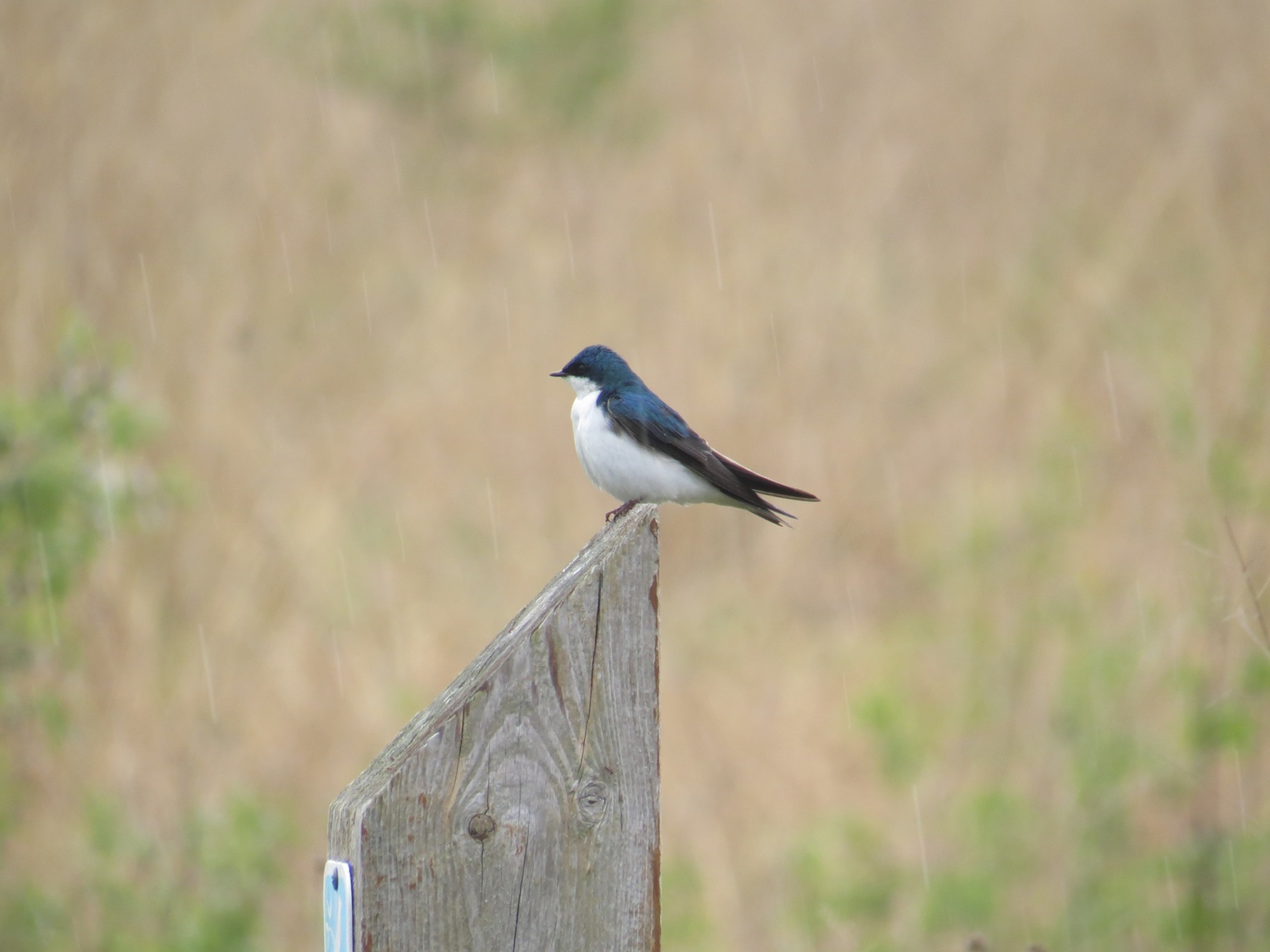

 Share on Facebook
Share on Facebook Share on X
Share on X Share by Email
Share by Email Share on Google Classroom
Share on Google Classroom


